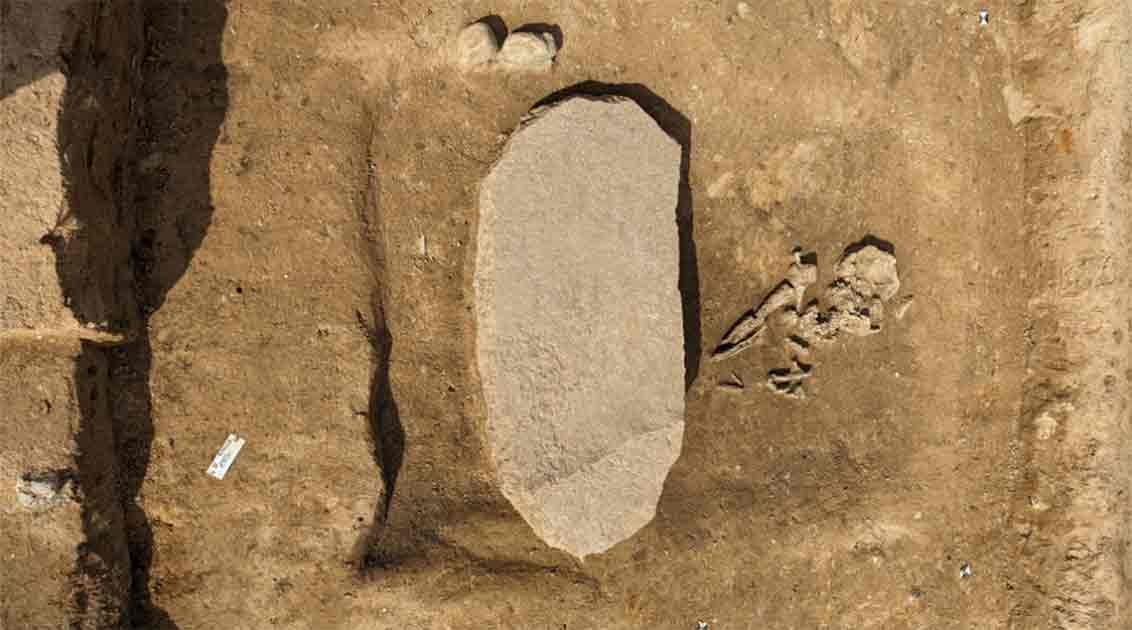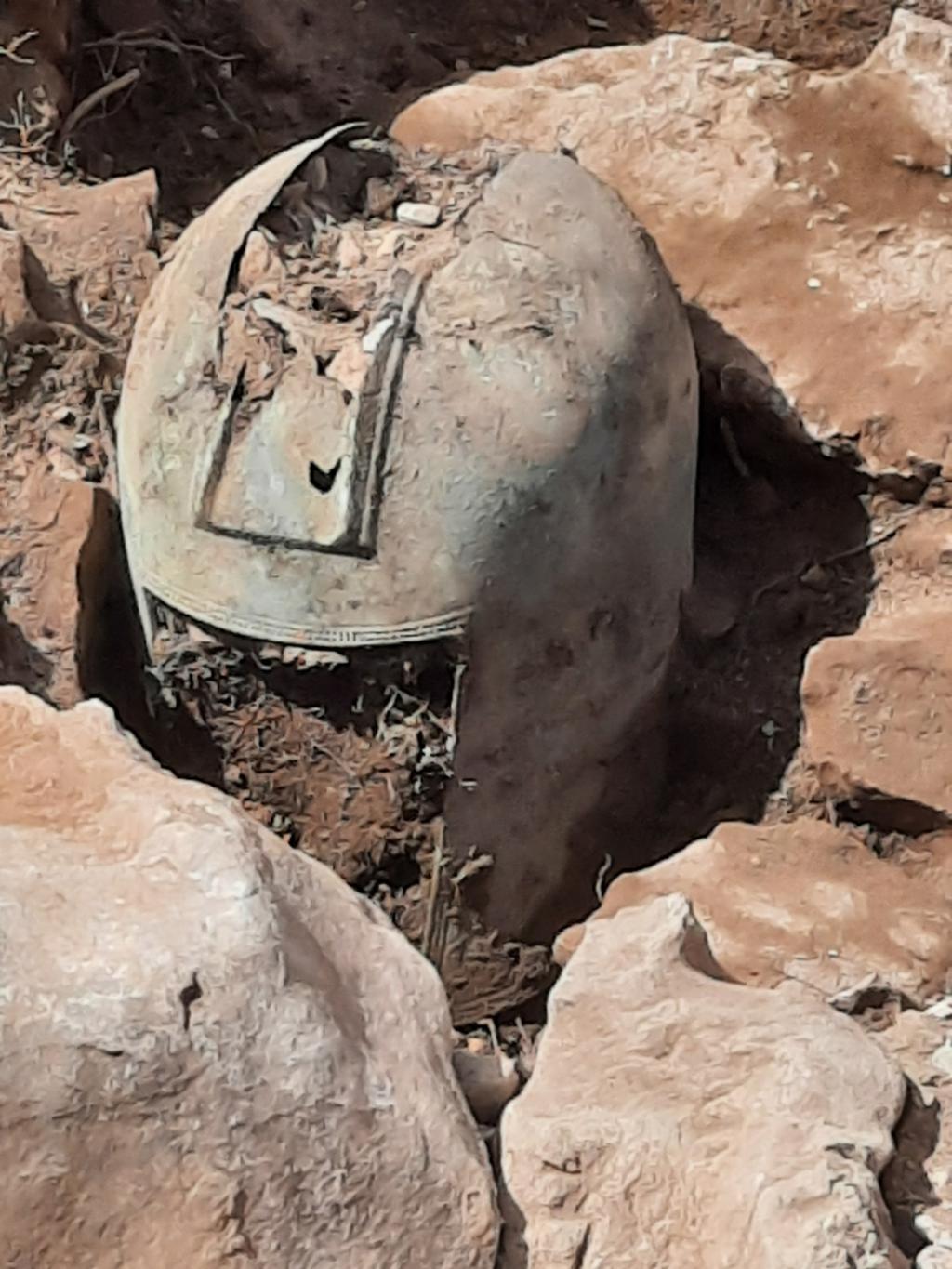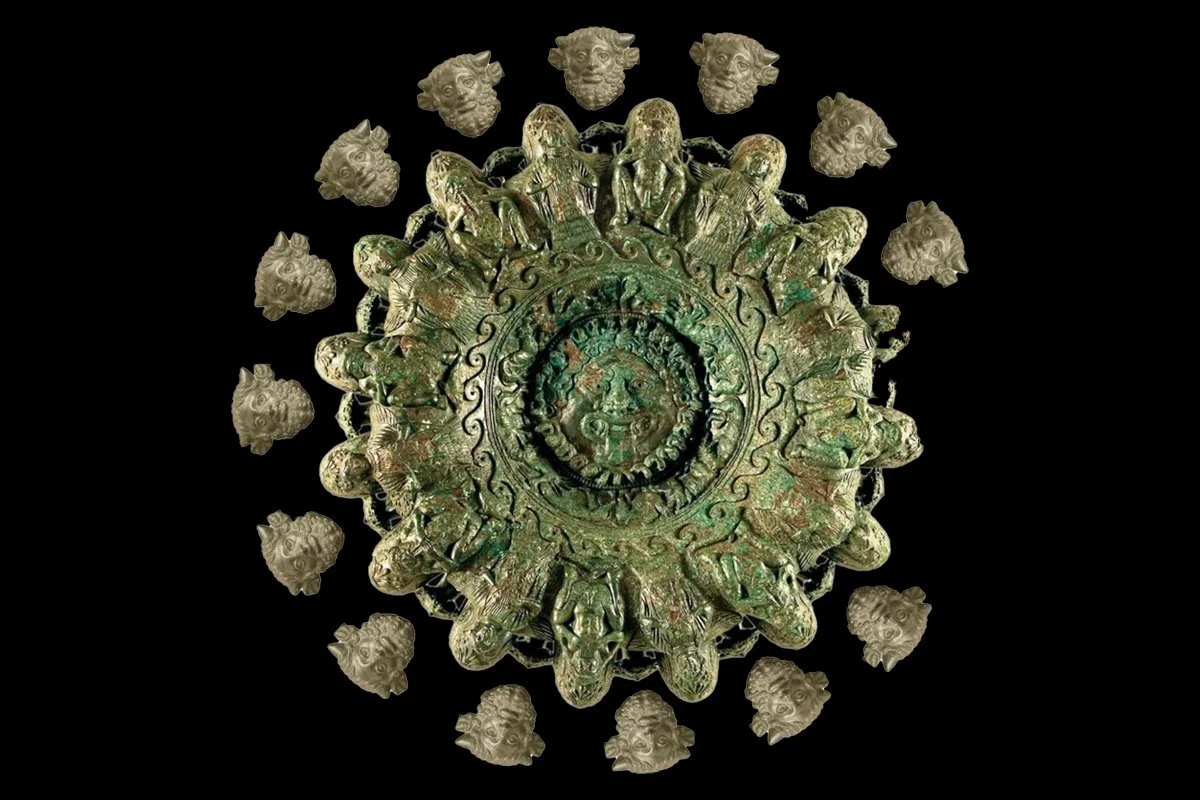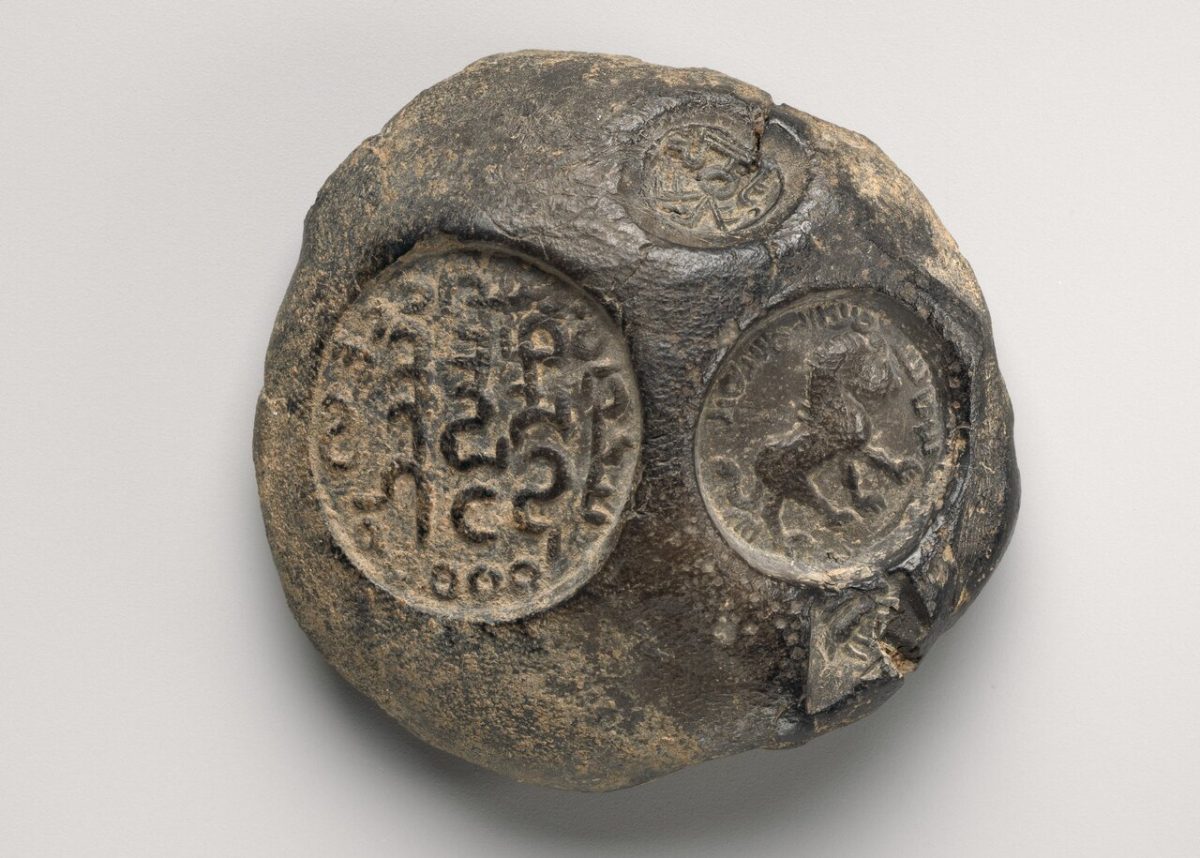
Herculaneum papyrus gives information about Plato’s burial place
Researchers have found evidence of Plato’s burial place in a charred Herculaneum papyrus containing the History of the Academy of Philodemus of Gadara (after 110-40 BC), discovered in the town of Herculaneum near Naples. Plato (428/348 BC) was one of the most important philosophers of Ancient Greece. A student of Socrates and teacher of Aristotle,

‘4,200-year-old zombie tomb’ discovered in East Germany
Archaeologists have found the grave of a man believed to be at risk of becoming a “zombie” near Oppin in East Germany’s Saxony-Anhalt. The grave contained a 4,200-year-old skeleton. A so-called zombie grave dating back thousands of years sheds light on the superstitions of Bronze Age Europeans. The deceased was secured under a large stone

The remains of a villa thought to have belonged to the Roman Emperor Augustus have been found in Italy
Excavations in a volcanic ash-covered region of southern Italy have uncovered the remains of a 2,000-year-old building. The excavation team believes that the structure could be a villa belonging to the Roman Emperor Augustus (63 BC – 14 AD). The excavation team consists of Japanese researchers led by University of Tokyo professor Mariko Muramatsu. Muramatsu

Three Roman tombs discovered in Ossónoba, Portugal, where the Visigoths ruled
Three tombs dating to the 5th or 6th century AD have been unearthed in the ancient Roman city of Ossónoba in Faro, southern Portugal. Phoenicians settled Ossónoba in the 4th century BC. The city fell under Roman and Visigoth rule from the 2nd century BC to the 8th century AD and was conquered by the

Greek-Ilyrian helmet more than 2500 years old discovered in Croatia
A Greek-Illyrian helmet more than 2,500 years old was discovered at the Gomile cave burial site in the village of Zakotorac on the Pelješac peninsula in Croatia, where rich graves from the second half of the 1st millennium BC were discovered. The discovery was made by archaeologists from the Dolenjski Museums. Excavations at the Gomile

First Pacific cities appear 700 years earlier than known
A new study using LIDAR has found new evidence to suggest that the first Pacific cities were founded in 300 AD, 700 years earlier than previously thought. The study was published in the Journal of Archaeological Method and Theory. Scientists have found the remains of the first Pacific cities on the island of Tongatapu. Tongatapu

2,500-year-old bronze lamp discovered in Italy linked to the cult of Dionysus
Discovered in 1840 in a ditch near the town of Cortona in Italy, the 2500-year-old bronze lamp has been the subject of much debate until recently. Many researchers have so far been unable to provide a comprehensive and satisfactory explanation for the bronze lamp. Ronak Alburz published the findings that will finally shed light on

New research finds more than a dozen murders in Neolithic Europe in which women were traditionally sacrificed
New research has identified more than a dozen murders in Neolithic Europe over a 2,000-year period in which women were traditionally sacrificed. The victims appear to have been killed by “incaprettamento”. This style of death is also known as hog-tying. The victims’ necks are tied behind their backs to their bent legs, allowing them to

1800-year-old Sassanid clay seal reads name of Iranian city
A 1,800-year-old clay seal from the Sassanid era, written in Pahlavi script, reads the name of the Iranian city of Shiraz. The territory of the Sassanid Empire (224-651 AD) included present-day Iran, Iraq, Armenia, Afghanistan, eastern parts of Turkey and parts of Syria, Pakistan, the Caucasus, Central Asia and Arabia. The Sassanids called their empire

6000-year-old Chalcolithic ivory pot discovered in Israel
An excavation near Beersheba in southern Israel has unearthed a jar made of ivory tusks dating to the Chalcolithic period (around 4,000 BC). The find is the first Chalcolithic ivory pot discovered in Israel. Although the jar was initially disassembled, careful restoration work by experts at the Israel Antiquities Authority (IAA) laboratories enabled it to
